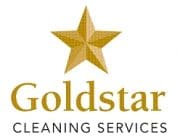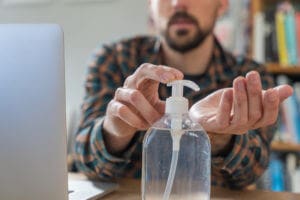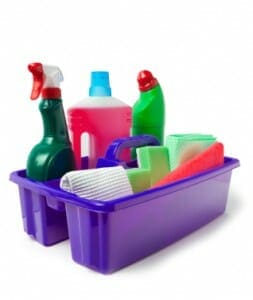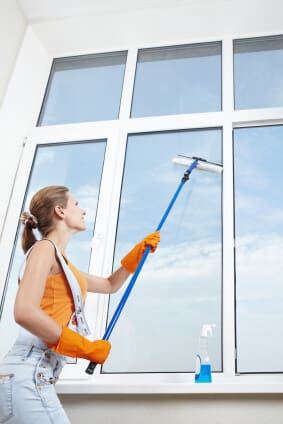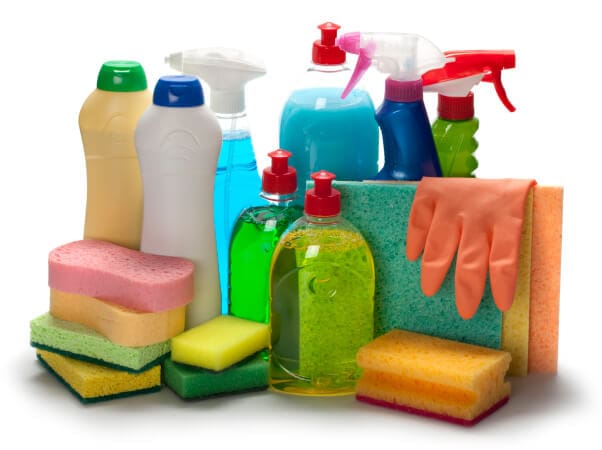Vinegar and Your Laundry Pile
We are sure you have heard the saying you will “go a lot further with sugar, than with vinegar”. Normally we would agree, but for the lifecycle of your clothes and your laundry game, the opposite is true. Here’s a little reminder of how distilled white vinegar is every household’s little laundry helper.

It Removes Stains
Commercial stain removers are effective at their job, but vinegar is tried and tested for removing stubborn and common stains, such as; blood, grass, ink, mildew, crayons, vomit, coffee & tea, tomato, mustard and rust. Vinegar can come to the rescue in all of these “stain situations” due to the acetic acid in it, that is both mild and effective in dissolving residues, giving a second act to your wardrobe. Soak the stains in equal part vinegar and water for about 15 minutes (longer for grass stains) before rinsing it with cool water. For tough stains, rub salt on the stain as well to help break down the residue (especially good for crayons). Make sure the stain is out after removing it from the wash before you dry the article of clothing.
It Can Help Keep Your Dark Clothing Stay Dark
Did you know that adding half a cup of distilled white vinegar to the final rinse in your cycle can help your favourite dark skinny jeans stay dark? The vinegar helps to remove residual soap and detergent that is responsible for dulling dark articles over time. Which is also the culprit behind dulling your whites. Which explains why it has the ability to…
It Also brighten your Whites
The secret in white vinegar is that the acetic acid in it is mild to all fabrics.
It Gets Rid of Odours
You have probably made “that face” when doing laundry and noticing that certain odours have started to make a home on your clothing, even after being in the wash. For athletic gear and their sweaty odour, fill a spray bottle with undiluted white vinegar. Spray the areas of concern and let the vinegar soak for a few minutes before placing it in the wash. To get rid of the yellowing that can occur with sweat stains, cover the stain in vinegar and rub salt into it. Best to use a coarser salt, but if regular table salt is all you have handy – just add extra elbow grease. Then air dry the garment before putting it in the wash. For smoke odours, add half a cup of vinegar to a hot wash cycle.
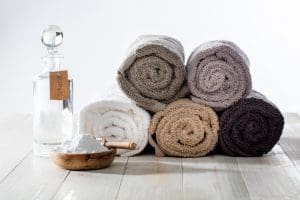
It Acts as a Natural Fabric Softener
Distilled white vinegar is a great alternative to commercial fabric softeners. It is both hypoallergenic and safe and can carry less of a heavy scent compared to branded softeners. To use, add one cup to your final rinse cycle.
It Cleans Your Laundry Tools
Over time your washing machine can gather a build up of soap residue and mineral deposits. This can restrict its cleaning performance by blocking the flow of water. It is recommended a few times a year to run a complete wash cycle with the machine empty using hot water and a cup of vinegar. The same build-up can happen with your trusty Iron, causing blockages in its spray nozzle and steam vents. This is remedied by filling its water chamber with an equal measure of water and vinegar. Placing the iron in a safe heatproof place and in an upright position you can let it steam for a few minutes. After the iron has cooled off, rinse out the chamber with water. Fill it with water again and give it a good shake to allow the water to seep through the water vents. Vinegar can also be used to clean any scorch marks on the faceplate of your Iron. First, make a paste of vinegar and salt and rub onto the faceplate of the Iron when it is cool and turned off. Wipe off the paste with a cloth that has been sprayed with vinegar and then once again with a cloth that has been dampened with only water.
*Not only is distilled white vinegar a great option to add to your laundry routine it is also the environmentally friendly option too. Make sure when selecting a vinegar that you chose a distilled white vinegar to avoid any tannins or dyes.
After all that laundry, contact our cleaning professionals to help keep your space clean so you can do more of what you love to do.
Contact Goldstar Cleaning Services Group today at +1 250 423 4029
